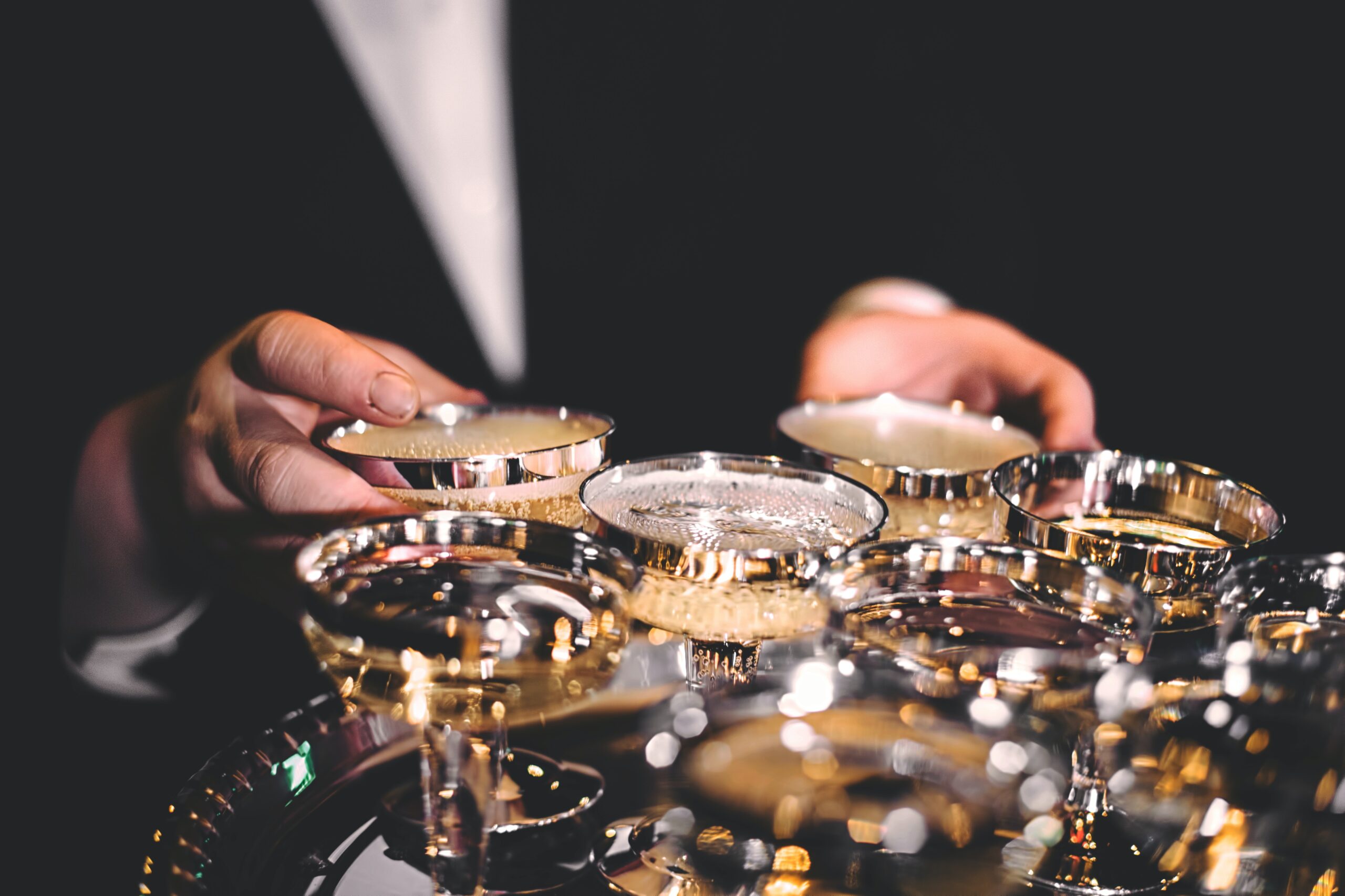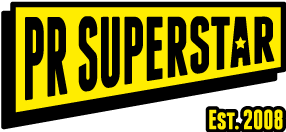
Taking the Myth out of PR
PR is one of those industries people don’t really ‘get’. Some people think it’s all glitzy parties and hobnobbing with celebrities, (if only), while others think it’s about spinning the truth and controlling the media.
Many myths abound about PR and they’re perpetuated by a misunderstanding of the industry.
So let’s dispel six of the most pervasive ones.
1. All press is good press
Wrong. Lance Armstrong’s image took a nose dive when he was stripped of his Tour de France medals and banned for life from competitive racing because of steroid use. And the negative press generated by the BP oil spill in the Gulf of Mexico pretty much destroyed the company’s public image.
While these may be extreme examples, the takeaway is that negative publicity directly impacts your reputation. As these examples show, brands live and die by their reputations and a bad crisis can impact the company for years.
It’s a steep mountain to climb back up once you lose credibility with customers, investors and the media. So do everything you can to protect your brand image
2. Coverage is guaranteed
A reporter can agree to an interview, conduct the interview, edit the interview, get the interview approved by his or her editor, and schedule it for that week’s publication. But it still may never see the light of day.
There are a lot of things that can impact whether or not your story runs, like breaking news, editorial scheduling, and senior publication execs putting the kibosh on it.
The advice here? You may have secured that elusive interview, but don’t call your investors until you actually see it in print
3. PR is about controlling the media
Nope. PR professionals don’t control what goes in magazines and newspapers or on the air. Rather, we provide content, information and material that are of value to those in control of those magazines, newspapers and TV or radio programmes. If we do our job right, the news outlets get good material for their audiences and our clients get a fair shake as sources for that information. We don’t fool anyone. We simply help the media guys by providing honest and relevant information
4. Public relations consists of spin doctors, manipulation and propaganda
PR professionals are not there to spin the truth. Many times, they are trying to facilitate communication between their clients and the target audience as effectively as possible. In fact, it’s imperative for an organisation to be as sincere and honest as possible, especially during a PR crisis
5. PR and advertising are the same
We’ve covered this before, but to reiterate, PR and advertising are the not the same. Besides advertising being paid for and PR being earned, the outcomes of both are worlds apart.
Paid advertising is definite exposure, while PR relies on elements such as press releases that may or may not generate media coverage. While essentially free, earned media is beyond a company’s direct control. The only similarity between the two is the concept, which is to raise awareness of a company or product in a positive manner. But the confusion still exists.
6. Sending mass emails to journalists is the best way to secure coverage
You may tick something off your to-do list by sending your press release to every journalist you can think of, but in doing so, you’ll be knocked off the journalists’ Christmas card list.
Impersonal, mass, un-tailored emails stick out like a sore thumb and get deleted straight away. A good PR will spend time getting to know journalists, following their Twitter feeds, asking what they’re writing about, and then tailoring content for them. A journalist is more likely to take a look at your pitch if you’re approaching them as an individual.






